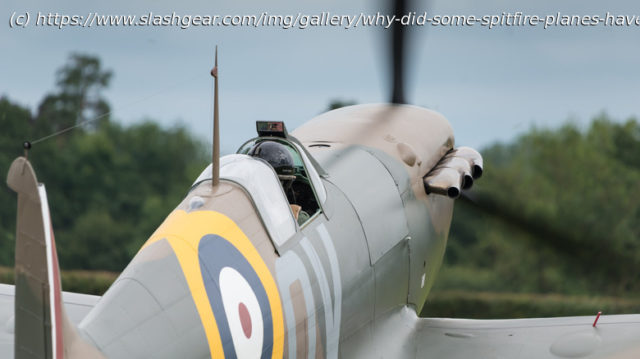Spitfires began to have clipped wings by the 1940s to help it better compete against Germany’s new, and more agile, Focke-Wulf Fw 190 fighter.
The Supermarine Spitfire is undoubtedly one of the top fighter aircraft of World War II. The Spitfire was based on a series of seaplanes designed by RJ Mitchell to take part in the Schneider Trophy air races that ran during the 1920s and 1930s. From this template, Supermarine developed the Spitfire as we know it today, with the first example entering service with the Royal Air Force (RAF) on August 4, 1938. This was timely, allowing it to play its famous part in protecting Britain’s skies during the Battle of Britain. The fighter remained in production until 1948, by which point over 20,000 had been built.
However, as with any war machine, there was a continual evolution of the design. In total, 24 versions of the Spitfire took to the air. The improvements included more powerful engines, improved armaments, and changes in the wing shape.






